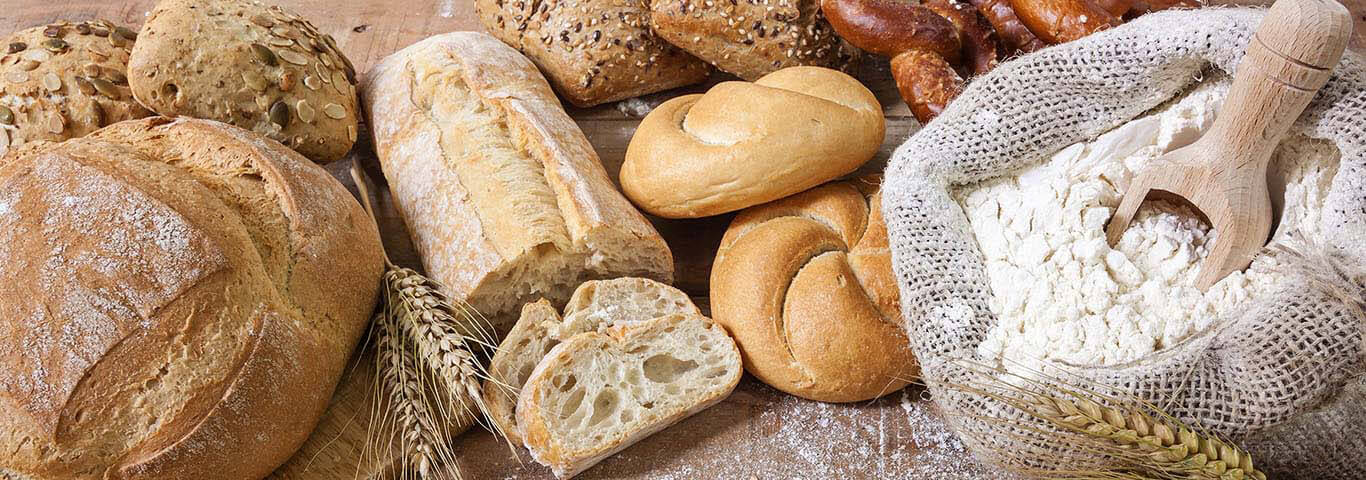Be careful: before cutting gluten out of your life, you’ll need to have your celiac disease or gluten sensitivity diagnosis confirmed by a doctor.
Reconciling this new problem with diabetes is mission impossible? Do you need to avoid anything that resembles grains? Of course not! Rice, corn, potato or legume flours, for example, in addition to millet, quinoa and manioc are all naturally gluten-free.
Moreover, don't think that gluten-free foods are necessarily healthier for you: they’re often lower in protein and higher in added sugars, saturated fat and sodium.
The most important thing is to maintain a balanced diet. Otherwise, you could develop dietary deficiencies or see your blood sugar increase.
On that note, here some bad news: eliminating whole-wheat products means losing a major source of dietary fiber - an ally for managing your blood sugar. Instead, opt for whole grains.
Finally, it's better to avoid battered or fried foods, since oils used for frying in restaurants are often contaminated by gluten.
As you're already following much of those advise, you probably won't have any trouble making these few changes to your menu!
References:
American Diabetes Associaiton (n.d). Latest TEDDY report outlines research on type 1 diabetes and celiac disease. Retrieved from: https://www.diabetes.org/newsroom/press-releases/2020/latest-TEDDY-report-outlines-research-on-t1d-and-celiac-disease. Accessed February 17 2022.
Canadian Celiac Association (2016). Celiac Disease. Retrieved from: https://www.celiac.ca/gluten-related-disorders/celiac-disease/ Accessed August 12 2021.
Canadian Celiac Association (n.d). Living a healthy gluten free life. Retrieved from: https://www.celiac.ca/living-gluten-free/diet-nutrition/. Accessed August 12 2021.
CDHF (n.d). Celiac Disease. Retrieved from: https://cdhf.ca/digestive-disorders/celiac-disease/statistics-on-celiac-disease/. Accessed February 17 2022.
CDHF (n.d). Celiac Disease vs Gluten Sensitivites. Retrieved from: https://cdhf.ca/health-lifestyle/celiac-disease-vs-gluten-sensitivities/. Accessed February 17 2022.
Celiac Disease Foundation (n.d). Celiac Disease and Diabetes. Retrieved from: https://celiac.org/about-celiac-disease/related-conditions/diabetes-and-celiac-disease/. Accessed August 12 2021.
Diabetes Québec (2018). Celiac disease and diabetes. Retrieved from https://www.diabete.qc.ca/en/living-with-diabetes/diet/tips-and-tricks/la-maladie-coeliaque-et-le-diabete/. Accessed August 12 2021.
Eating Well (2017). Is eating gluten-free healthier? Retrieved from: https://www.eatingwell.com/article/9943/is-eating-gluten-free-healthier/. Accessed August 12 2021.
Health Canada. Celiac Disease (2018). Retrieved from: https://www.canada.ca/en/health-canada/services/food-nutrition/food-safety/food-allergies-intolerances/celiac-disease.html. Accessed August 12 2021.
